"It Didn't Make Anyone Look Good": How the OG Justice League x Avengers Crossover Fell Apart
Since the beginnings of their respective universes, fans had long wished for a crossover between the Justice League and The Avengers, and finally got their wish in 2003 when DC and Marvel teamed up to produce a crossover event for the ages. But there was an earlier attempt to bring the two respective super-teams together two decades earlier, one that ultimately fell apart due to intercompany politics and petty squabbles.
Marvel editor Tom Brevoort recently shared a piece on his blog The Tom Brevoort Experience discussing how the original Justice League/Avengers crossover fell apart in the 1980s. The post includes a well-researched, all-encompassing text piece by DC editor KC Carlson, titled 'When Titans Clash!' This piece was originally meant to be included in the JLA/Avengers hardcover collection that was released in 2004.
Brevoort describes it as the "most complete accounting of the project that I’ve ever become aware of," before stating that the piece was ultimately pulled from the collection. Brevoort notes that Carlson's piece was nixed because "It didn't make anyone look good." Here, at least according to Carlson, is how Marvel and DC came so close to a crossover that ultimately crashed and burned.
The problems start with Conway’s submitted plot, which Marvel Editor-in-Chief Jim Shooter deems unsatisfactory and rejects outright.
Excitement in the Air: DC & Marvel Assemble an All-Star Creative Team for JLA/Avengers
The Pitch Was a Crosstime Rivalry Starring Kang the Conqueror
Marvel and DC had been producing a steady stream of crossovers in the seventies and eighties, starting with Superman vs. The Amazing Spider-Manin 1976. Fan anticipation was high for a crossover featuring the Justice League and the Avengers, so Marvel and DC began planning the book in 1982. With the contract signed, a creative team was soon decided upon, with DC handling the editorial work and Marvel taking marketing and distribution.
George Pérez is seen as the perfect choice to handle the art duties, as the artist previously drew both the Justice League of America and Avengers monthly titles, not to mention he is one of the hottest artists in the field thanks to his work on The New Teen Titans. Writer Gerry Conway is chosen to handle the story, as he too has lengthy stints on Justice League and Avengers. Given Pérez's preference for the "Marvel Method", the busy Conway writes up a plot for the crossover, with colleague Roy Thomas agreeing to provide the script over Pérez's finished pages.
The Marvel Method was a way to make comics pioneered by Stan Lee in the sixties, where instead of providing a full script for the artist, the writer would instead provide a general plot for the artist to turn into comic book pages, where Lee would then add the captions and dialogue over the finished art.
When Shooter learns that the artist has already begun work on a plot he hasn’t officially approved, that’s when the project truly starts to come apart at the seams.
The problems start with Conway’s submitted plot, which Marvel Editor-in-Chief Jim Shooter deems unsatisfactory and rejects outright. Carlson’s article quotes Jim Shooter, who discussed the project in an interview from 1994's Wizard #35:
It was weak, full of holes and replete with continuity glitches. I rejected it in writing.
The original storyline concerns a battle between Marvel’s Kang and DC’s Lord of Time, which eventually involves the two villains deceiving the superteams from their opposing company into retrieving various artifacts from throughout history. Shooter and several others in the Marvel office feel that the original plot is unusable, and they request a revised plot before Pérez can begin work drawing the issue.
It All Falls Apart: How the Original JLA/Avengers Crossover Was Canceled
Despite changes having been made, Gerry Conway’s revised plot is rejected once again by Jim Shooter, and it’s here where details and recollections begin to diverge as to what truly happened, as old rivalries and unresolved bitterness begin to rear their ugly heads. While individual accounts differ somewhat, the central conflict breaks down as such: according to those at the DC camp, Shooter rejected the plot and refused to provide any notes on how to improve it. Shooter and many over at Marvel claim that the plot was unusable, and that a request was made for an entirely new written plot for the Justice League/Avengers crossover.
Carlson’s article describes how, after months of getting nowhere, a phone call takes place between Shooter, DC editor Len Wein and Marvel editor Mark Gruenwald, where the three discuss ways to fix the problems with the plot. Although Shooter maintains that he needs to see a written plot before he can officially approve it, DC makes the faux pas of allowing Pérez to begin his penciling duties, as by now the project is way behind schedule. When Shooter learns that the artist has already begun work on a plot he hasn’t officially approved, that’s when the project truly starts to come apart at the seams.
"These two editorial camps were incompatible," Carlson quotes Michael Eury from an article in Back Issue #1, "It was the ultimate DC vs. Marvel battle."
Shooter and DC Executive Editor Dick Giordano (who was also scheduled to ink Pérez's pencils for the crossover) then begin a public war of words, where each addresses the other from their own pulpits: Marvel Age magazine and Giordano’s monthly 'Meanwhile…' columns that run in DC publications. Conway eventually departs the project in 1983, as DC and Marvel continue to search for ways to salvage the crossover despite the inter-company turmoil. Even though it is his dream project and he had already completed twenty-one pages of art already, Pérez has to leave the project due to other commitments.
After 20 Years, JLA/Avengers Was Finally Released in 2003
With the loss of its superstar artist, the original Justice League/Avengers crossover is officially announced as canceled in 1984. While there is plenty of blame to pass around on both sides, the central reason the original fell apart seems to be a simple difference in how both publishers operated. Jim Shooter ran Marvel with a tight editorial hand, overseeing every aspect of the line, while Dick Giordano took a more laid-back approach, hiring who he thought were the right people and letting them run with little interference. “These two editorial camps were incompatible,” Carlson quotes Michael Eury from an article in Back Issue#1, “It was the ultimate DC vs. Marvel battle.”
Marvel and DC wouldn’t collaborate again for nearly a decade, and while the 1990s did see the two companies produce several crossovers, the myth of the Justice League/Avengers crossover continued to grow in fans’ minds. While the original crossover falling apart led to many long-standing grudges, Pérez was still hopeful for a chance to draw his dream project, and in 2003, the stars aligned to allow the legendary artist to bring the oft-dreamed JLA/Avengers project to life, joined by his Avengers writer Kurt Busiek.
While George Pérez was under exclusive contract with new publisher Crossgen at the time, a clause in the artist’s contract allowed him to draw JLA/Avengers, should the project ever materialize.
The story of the 2003 JLA/Avengers wasn’t too different from the original, as two beings of vast power from both universes wound up tricking the Justice League and the Avengers to do their bidding across both the Marvel and DC universes. For this crossover, exiled Oan Krona winds up making a bet with Marvel’s Grandmaster, with the two staging a contest between the two teams. While well-received by fans and a sales success, JLA/Avengers wound up being the last crossover between DC and Marvel to date.
The Original JLA/Avengers Debacle Shows How Complex Intercompany Crossovers Can Be
Thankfully, It Led to a Bigger (Probably Better) Crossover
While fans are eager to see more crossovers between Marvel and DC in the present day, the barriers preventing such crossovers are even greater now than they were when the original Justice League/Avengers sank. With Marvel owned by Disney and DC further enmeshed in corporate owner Warner Bros. Discovery, there are literally hundreds more cooks in the kitchen than there were back in the days of the original crossovers being overseen by a handful of editors. The recent omnibus collections of all previous Marvel/DC crossovers show that perhaps the door for more cooperation is open after all, although the frequent delays of those collections perhaps paints another picture.
Although it’s a shame that the original crossover never came out, perhaps things ultimately worked out for the best. The JLA/Avengers series from the early 2000s managed to include nearly every character who had been a member of either team up until that point, making it feel like the ultimate DC/Marvel crossover. Instead of being a 64-page one-shot, JLA/Avengers consisted of four 48-page issues, each one penciled and inked by the late George Pérez. If the crossover is truly the last between the two companies, it’s hard to think of a better swan song than the epic JLA/Avengers series from the 2000s.
Source: The Tom Brevoort Experience

Justice League
- Release Date
- November 17, 2017
- Runtime
- 120 Minutes
- Director
- Zack Synder
- Writers
- Chris Terrio, Joss Whedon
- Producers
- Charles Roven, Geoff Johns, Deborah Snyder, Jon Berg
Cast
See All Batman / Bruce Wayne
Batman / Bruce Wayne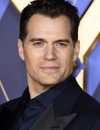 Superman / Clark Kent / Kal-El
Superman / Clark Kent / Kal-El
2017's Justice League brings together iconic DC heroes under the direction of Zack Snyder. In the aftermath of Superman's sacrifice, Bruce Wayne and Diana Prince recruit metahumans Barry Allen, Arthur Curry, and Victor Stone to combat the dire threat posed by Steppenwolf and his Parademons.

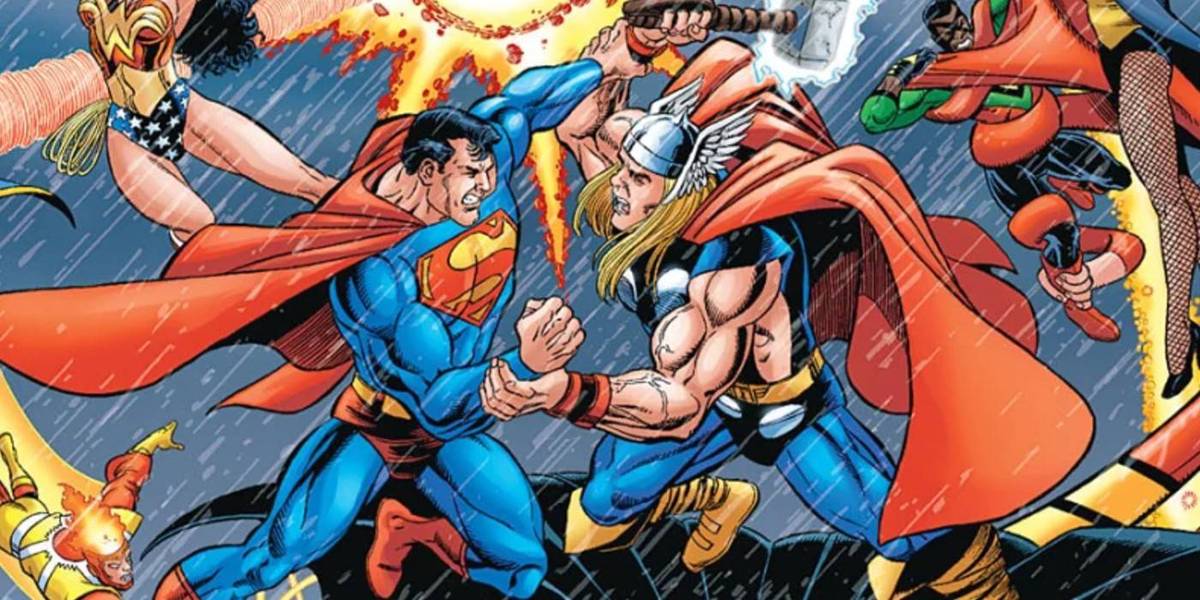







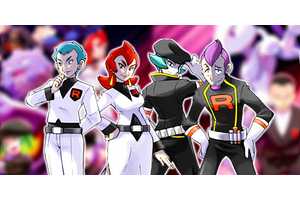
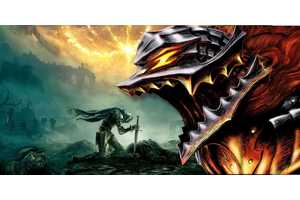
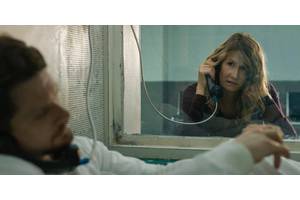

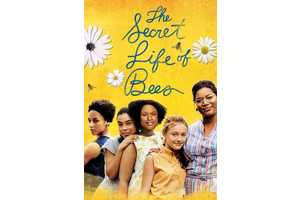
Your comment has not been saved